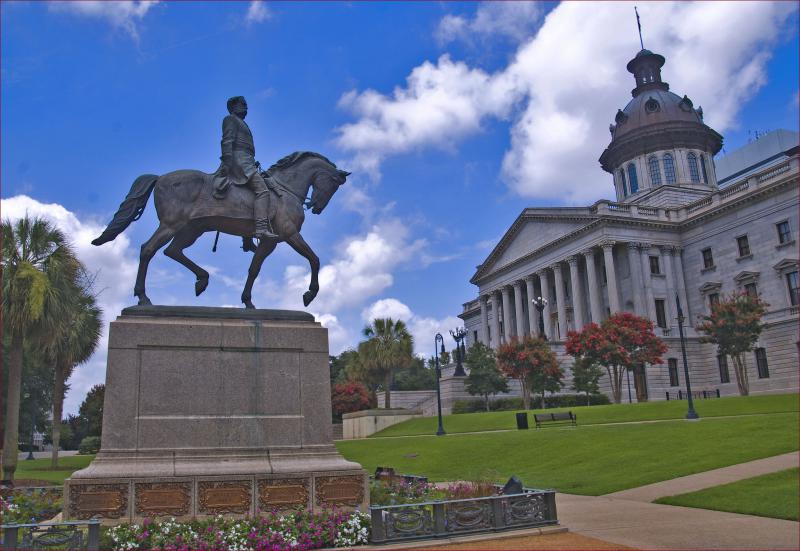
Nearly six years after enacting a major sentencing and corrections reform package, South Carolina’s prison population has declined 14% while violent and property crime rates have both fallen by 16%.
In 2010, lawmakers enacted S.B. 1154, the Omnibus Crime Reduction and Sentencing Reform Act. The law made South Carolina a leader among the dozens of states employing research-driven criminal justice policies to produce a greater public safety return on corrections spending.
Between 2011 and 2014, the state averted over $141 million in operating costs that would have been required to house a projected inmate population of over 28,000 by 2014 and avoided the construction of a new prison space projected to cost $317 million. There have been an additional $33 million saved in operating costs through 2016.
After decades of rising prison populations, reforms in 33 states have helped cut the national incarceration rate by 13 percent since 2007. States are finding smart, new ways to get tough on crime and, in the process, changing how America views crime and punishment.
This podcast goes through the dramatic changes in South Carolina’s justice system. It features leaders in South Carolina who are implementing their innovative reforms – state Senator Gerald Malloy (D); Bryan Stirling, S.C. state corrections director; and Adam Gelb, director of The Pew Charitable Trusts public safety performance project.
Voters and legislators are looking more intently at improving the results of incarceration. “There really is a sea change in this attitude towards crime and punishment across the country over the past ten years” said Gelb. Little wonder that two thirds of states have moved in this direction.

